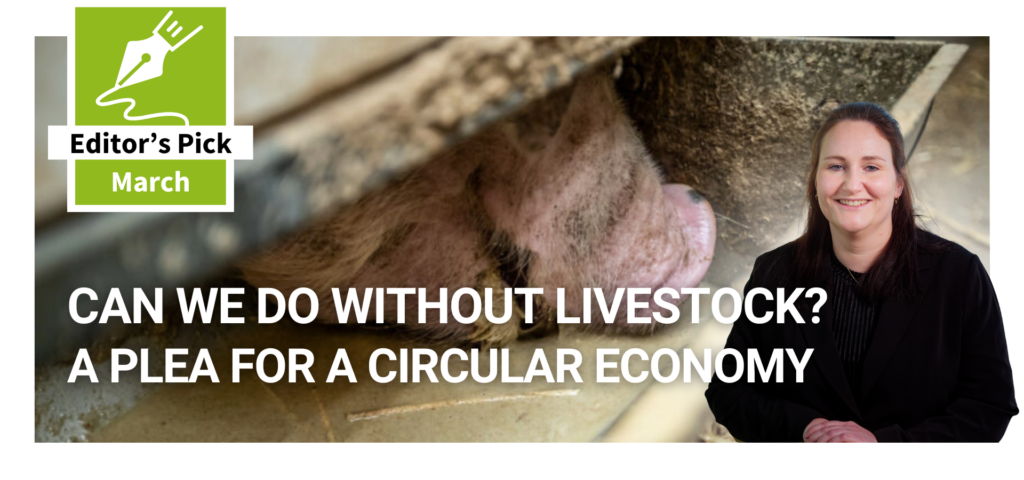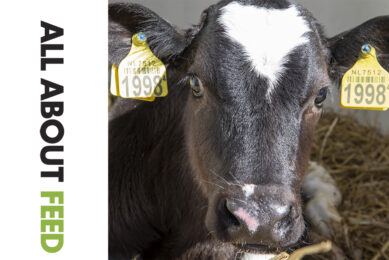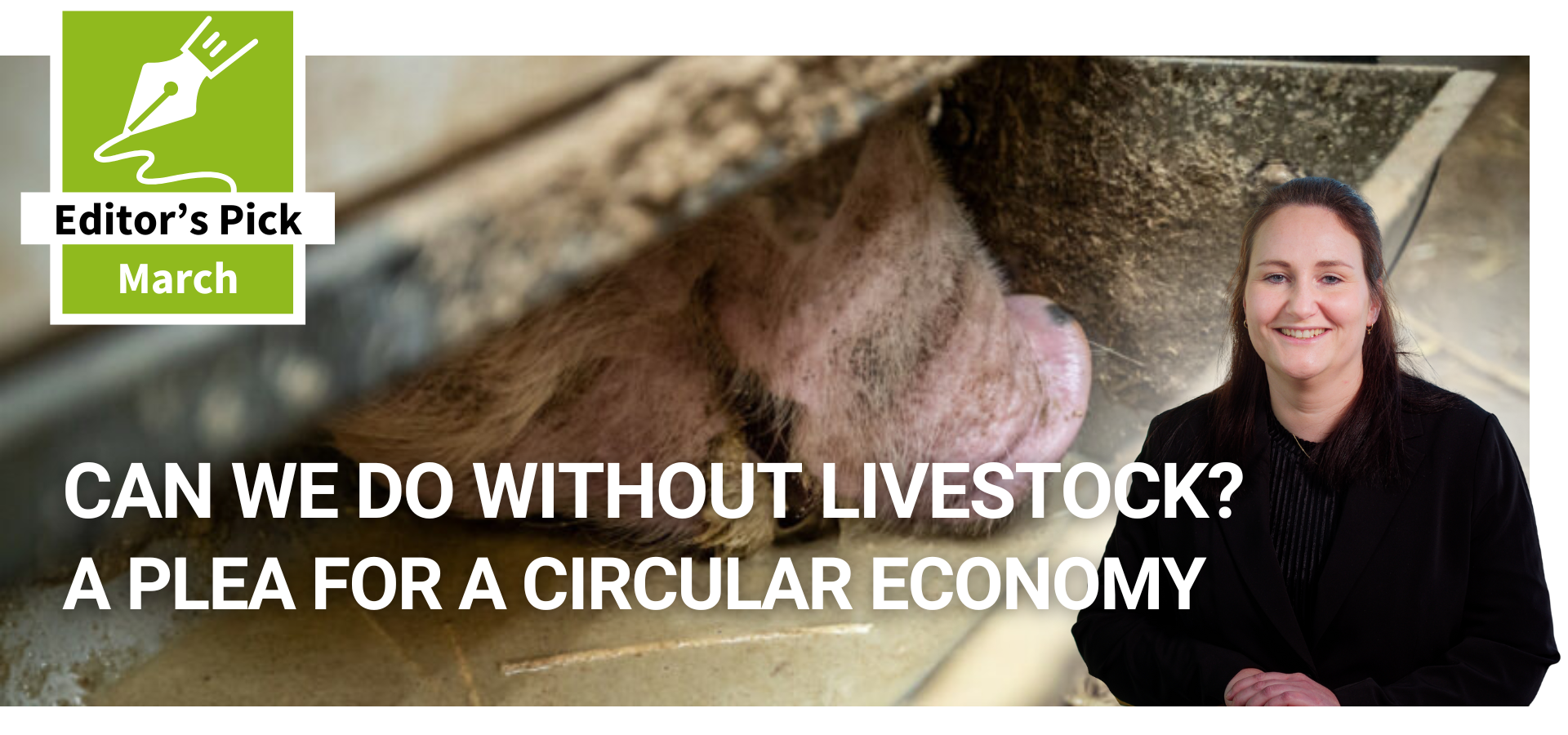Canadian pet food sector continues to grow

The Canadian pet industry continues to perform well, according to a new market report from Euromonitor.
Changing attitudes towards pets, especially the "humanisation" of pets as family members, as well as evolving preferences for foods branded as "natural" or "holistic," greatly contributed to this impressive growth rate. Growth in the industry was driven by premium products, both in the pet food sectors, as well as through increased spending on specialised healthcare and dietary supplements and pet accessories.
Aftermath of the pet food recall
In March 2007 the North American pet industry was shaken by the biggest recall of pet foods in its history, affecting over 100 brands and 60 million packages of wet and dry dog and cat food. There was much speculation over what long-term impact the recall would have on the industry. However, industry sources seem to agree that the recall had few long-lasting effects, with most pet owners returning to their regular brands soon afterwards. Nonetheless, the recall did provide a boost for the already growing demand for "super-premium" dog and cat food, as some consumers looked to these brands for higher-quality ingredients.
Big names dominate
Four multinational companies, Nestlé Purina PetCare Co, Mars Canada Inc, Del Monte Foods Co and Proctor & Gamble Inc, control the bulk of sales in dog and cat food and treats and mixers. In addition, three other multinationals, Rolf C Hagen Inc, Spectrum Brands Inc, and Hartz Canada Inc, lead in other pet food and pet care products. However, the increasing willingness of pet owners to pamper their pets and spend large amounts of money on premium products means that there is plenty of opportunity for smaller-scale, domestic manufacturers to carve out their own market niches.
Distribution of pet food and pet care products
Supermarkets/hypermarkets remain the number one shopping destination for both dog and cat food. They have benefited from the overall increase in consumer traffic, as Canadians have opted to patronise these outlets for a variety of shopping needs. Convenient locations, various store formats, long opening hours and a wide selection of food and non-food items have helped establish Canadian supermarkets/hypermarkets as the primary shopping destination for many. Additionally, to capitalise on the increasing spending on pet products, Canadian retailers have invested in their pet aisles, particularly in dog and cat products, by expanding the selection of branded products and extra pet services, as well as by developing their own private label pet foods.
Strong potential for continued growth
Growth in the Canadian pet industry is expected to remain strong over the forecast period. Pet healthcare and dietary supplements will remain dynamic growth categories, as will "super-premium" pet foods – which offer added health and wellness benefits – as the population of aging and obese pets grows. Accessories, particularly clothing, as well as pet services, also show great growth potential, as consumers are willing to spend increasingly large amounts of money on luxury items for their pets.











